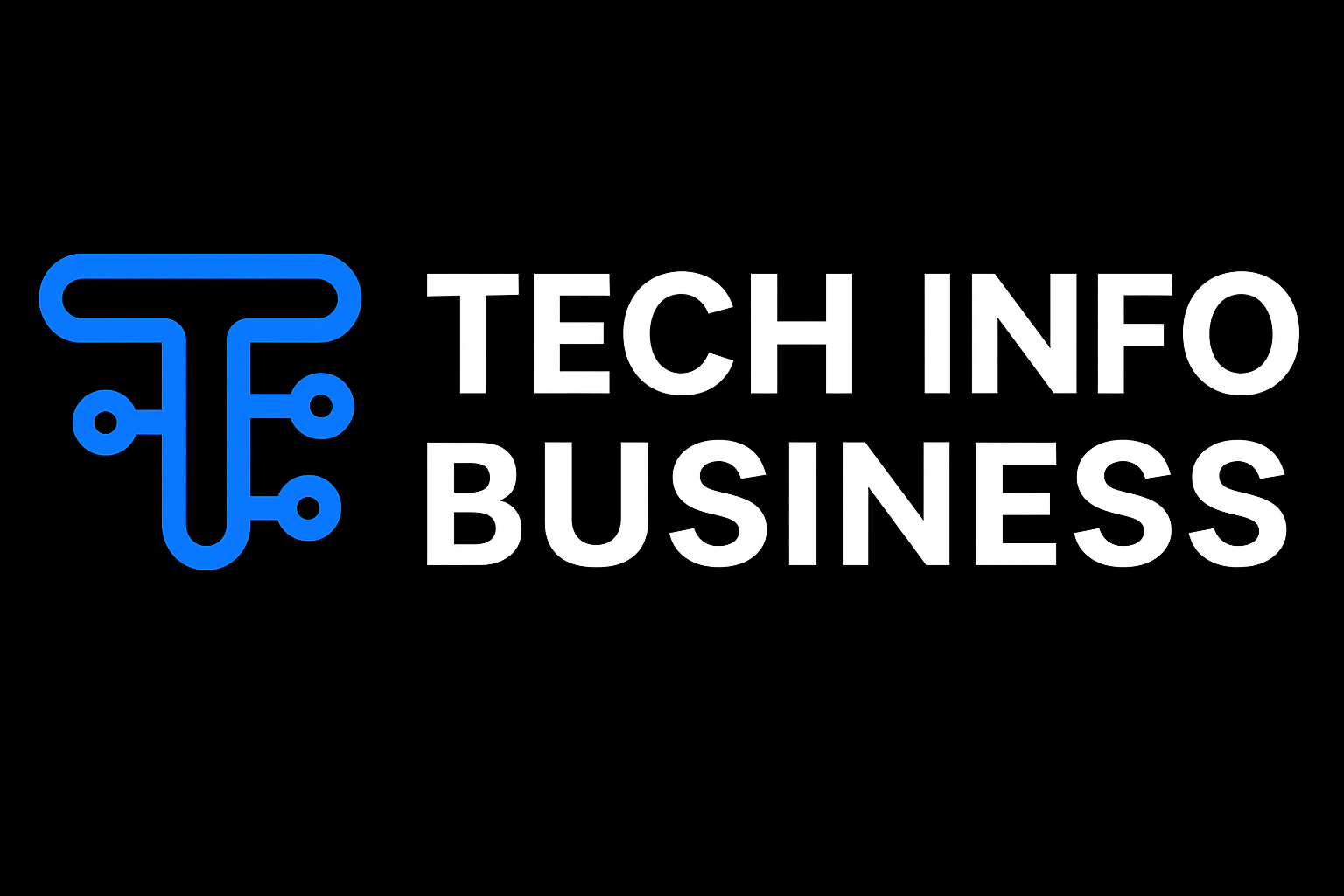The world of communication is entering a new era with the rise of 5G technology, the fifth generation of wireless networks. More than just an upgrade from 4G, 5G is redefining how people, businesses, and machines connect and interact. With speeds up to 100 times faster than 4G, ultra-low latency, and the ability to support millions of connected devices, 5G is setting the foundation for a hyper-connected society.
From real-time remote surgeries and immersive augmented reality experiences to instant global communication and intelligent automation,How 5G Technology Is Transforming Communication can be seen in every aspect of modern life. This revolution shapes how we live, work, and connect, marking a decisive shift toward a smarter, more sustainable, and seamlessly linked digital world.
The Evolution of Mobile Networks
The journey toward 5G began decades ago, evolving through several generations of mobile communication technologies.
- 1G (First Generation): Introduced in the 1980s, it allowed only analog voice transmission, providing the foundation for mobile telephony.
- 2G (Second Generation): Brought digital voice and text messaging, marking a leap in mobile communication.
- 3G (Third Generation): Enabled mobile internet access, email, and multimedia communication on the go.
- 4G (Fourth Generation): Revolutionized connectivity with high-speed data, HD streaming, and mobile applications.
- 5G (Fifth Generation): Goes far beyond speed—it’s an intelligent, flexible network built to connect everything, from smartphones and smart homes to autonomous vehicles and entire cities.
Each generation expanded communication possibilities, but 5G stands apart. It is not just an evolution—it is a revolution that integrates cloud computing, artificial intelligence (AI), and the Internet of Things (IoT) into one unified communication ecosystem.
Key Features of 5G That Power the Communication Revolution
1. Ultra-Fast Speeds
5G networks can deliver peak download speeds up to 20 Gbps and upload speeds up to 10 Gbps. This allows users to download HD movies in seconds, experience lag-free streaming, and engage in high-definition video calls without interruption. Such speed ensures instant communication and supports emerging technologies that depend on rapid data exchange.
2. Ultra-Low Latency
Latency—the delay between sending and receiving information—has been dramatically reduced in 5G. While 4G networks typically have a latency of 30–50 milliseconds, 5G brings it down to as low as 1 millisecond. This near-instant responsiveness is essential for real-time communication, enabling innovations like remote robotic surgery, live virtual events, and autonomous vehicles that rely on immediate data feedback.
3. Massive Connectivity
5G can support up to one million devices per square kilometer, allowing countless sensors, machines, and gadgets to operate simultaneously. This capability powers smart homes, connected industries, and IoT-driven cities—creating an environment where everything communicates seamlessly.
4. Higher Reliability and Coverage
Thanks to advanced technologies like beamforming and network slicing, 5G offers greater reliability, consistent quality of service, and broader coverage. Whether in urban centers or rural areas, users can enjoy uninterrupted connections and stable communication experiences.
5. Energy Efficiency and Sustainability
5G is designed to be more energy-efficient, reducing network power consumption and extending device battery life. As global industries focus on sustainability, 5G plays a key role in enabling green communication infrastructure that supports digital growth while minimizing environmental impact.
How 5G Is Transforming Communication Across Sectors
1. Transforming Personal Communication
At its core, 5G enhances the way individuals connect. Crystal-clear voice calls, instant messaging, and high-definition video conferencing have become standard experiences. With 5G’s high capacity and low latency, communication feels immediate and natural, even across continents.
Social media interactions have also evolved. Platforms like Instagram, TikTok, and YouTube now offer real-time live streaming, augmented reality filters, and ultra-HD video sharing—all powered by 5G’s capacity to deliver vast amounts of data instantly. This shift is making communication not only faster but also more immersive and interactive.
2. Revolutionizing Business Communication
In the corporate world, 5G is driving a new era of digital collaboration. The rise of remote work has become more efficient and seamless with 5G connectivity.
- Video Conferencing and Collaboration: Lag-free video calls, real-time document sharing, and virtual collaboration tools have improved team productivity across global workforces.
- Cloud Computing: Employees can now access and transfer large files instantly through cloud-based systems, enhancing remote operations.
- Virtual and Augmented Reality Meetings: With 5G, businesses can hold immersive VR meetings, product demos, and training sessions, bringing communication to life in three dimensions.
Beyond office communication, small businesses and startups are leveraging 5G for faster online transactions, e-commerce, and customer service automation—creating a level playing field with larger enterprises.
3. Enabling Smart and Connected Cities
Smart cities rely on real-time communication between devices and systems. 5G makes this possible by connecting millions of sensors that collect and transmit data instantly.
- Traffic Management: Smart traffic lights communicate with vehicles to optimize flow and prevent congestion.
- Public Safety: Real-time surveillance and communication between emergency responders ensure faster reaction times.
- Urban Infrastructure: Smart grids and waste management systems rely on 5G for efficient, data-driven operations.
This machine-to-machine communication is building safer, more efficient cities where technology improves citizens’ quality of life.
4. Transforming Healthcare Communication
In healthcare, communication can mean the difference between life and death. 5G enables doctors, patients, and medical systems to communicate in real time with unprecedented precision.
- Telemedicine: Doctors can consult and diagnose patients remotely through high-quality video sessions with no lag or distortion.
- Remote Surgeries: Surgeons can perform operations using robotic tools controlled over 5G networks, thanks to ultra-low latency.
- Wearable Devices: Smart health monitors send continuous real-time data to healthcare professionals, ensuring early detection and timely intervention.
This transformation ensures equal access to quality healthcare, even in remote regions, by bridging communication gaps through technology.
5. Enhancing Industrial Communication – Industry 4.0
The rise of Industry 4.0—the fourth industrial revolution—is powered by 5G. Smart factories use 5G to connect machines, sensors, and systems for real-time communication and automation.
- Predictive Maintenance: Machines communicate with control systems to report wear and tear before failures occur.
- Supply Chain Optimization: Real-time tracking and data analytics improve logistics and reduce delays.
- Automation: Robots communicate and collaborate without human input, increasing productivity and safety.
This instant machine-to-machine communication is turning traditional industries into fully automated ecosystems, reducing costs and improving efficiency.
6. Transforming Transportation and Mobility
5G is revolutionizing how vehicles communicate—with each other, with infrastructure, and with pedestrians.
- Autonomous Vehicles: Cars exchange data with nearby vehicles and traffic systems within milliseconds to prevent collisions.
- Smart Public Transport: Real-time communication enhances route management, passenger safety, and fleet efficiency.
- Drones and Logistics: Delivery drones and smart logistics systems rely on 5G for precision navigation and coordination.
This high-speed communication between vehicles and systems is paving the way for safer, smarter transportation networks.
The Challenges of 5G Adoption
Despite its potential, 5G adoption faces several challenges that must be addressed:
- Infrastructure Development: 5G networks require dense small cell towers and high-frequency infrastructure, demanding significant investment.
- Spectrum Allocation: Governments and telecom providers must coordinate to ensure efficient bandwidth usage and avoid interference.
- Cybersecurity Threats: With billions of connected devices, data privacy and network security are top concerns.
- Public Health and Environmental Concerns: Although research confirms 5G safety, public perception and environmental impact need continuous attention.
Solving these challenges is vital for realizing the full communication potential of 5G worldwide.
The Future of Communication with 5G
The future of 5G communication extends far beyond smartphones. It will redefine how humans and machines interact:
- 5G Fixed Wireless Access (FWA): Brings high-speed broadband to homes and offices without physical cables.
- Immersive Experiences: Merges virtual and physical realities in education, entertainment, and training.
- Artificial Intelligence in Networks: Uses AI for smarter resource management, self-healing networks, and predictive analytics.
- 5G Advanced and Beyond: The next phase, 5G Advanced, will enhance security, efficiency, and automation, leading toward 6G, where communication becomes completely integrated into daily life.
Conclusion
5G technology is transforming communication on every level—personal, professional, and industrial. It serves as the backbone of the digital ecosystem, enabling real-time global interactions, empowering industries, and enhancing how we connect with the world around us.
By combining speed, reliability, and intelligence, 5G is not just a faster network—it’s the foundation of a new connected age. From virtual meetings to smart cities, from autonomous vehicles to life-saving healthcare, the communication revolution powered by 5G has already begun. The future will be faster, smarter, and more connected—and 5G is the technology making it possible.
Chack Also:


